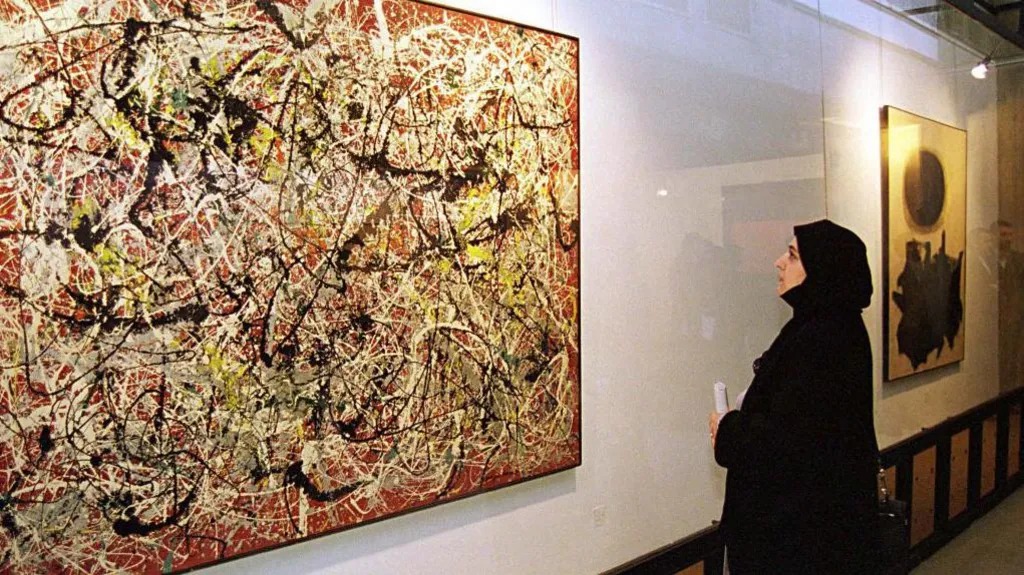
Tehran Art Vault Opens Rare Trove
The Tehran Art Vault, a basement stash at the Tehran Museum of Contemporary Art, holds a $3 billion trove of masterpieces by Picasso, Van Gogh, Warhol, and Pollock—little-known outside Iran. Built in 1977 under Farah Pahlavi’s patronage, designed by her cousin Kamran Diba, the museum aimed to bridge Iran to global art. After the 1979 Revolution ousted the monarchy, clerics locked away works deemed too risqué or political, like Renoir’s Gabrielle with Open Blouse and Warhol’s slashed Pahlavi portrait. On February 24, 2025, at 5:40 AM PST, its Eye to Eye exhibit—extended to January 2025 due to demand—marks a rare peek, showcasing 15 debut pieces, including Jean Dubuffet’s sculpture.
This vault, a time capsule of abstract expressionism to pop art, juxtaposes Warhol’s Pahlavi portrait with Francis Bacon’s Two Figures Lying on a Bed against Ayatollah Khomeini’s image—a cultural clash in concrete. Launched pre-revolution to elevate Iran’s art scene, it housed luminaries like Dali and local modernists until the upheaval. The 1990s reformist era under Mohammad Khatami revived it, loaning works to Europe and the US, stunning art lovers. London-based historian Hamid Keshmirshekan calls it “a rare treasure trove outside the West,” spotlighting Pollock’s vibrant Mural on Indian Red Ground and Picasso’s vast The Painter and His Model.
Tehran Art Vault: Hidden Gems Shine
The Tehran Art Vault’s Eye to Eye—Iran’s most-visited exhibit—unveils Van Gogh’s At Eternity’s Gate and Henry Moore’s Reclining Figure. Opened October 2024, it drew crowds for its firsts, like Dubuffet, blending Iran’s past with global art. Yet, UK visitors face hurdles—Foreign Office travel warnings cite arrest risks for Brits. Budget woes and politics limit the museum, but its haul endures. For more, see BBC or Kenkou Land.
Main Body: A Vault’s Quiet Triumph
Today, February 24, 2025, at 5:40 AM PST, the Tehran Art Vault captivates. Worth $3 billion per 2018 estimates, it hid post-1979 as revolution deemed nudes like Renoir’s or Pahlavi’s portrait taboo—Warhol’s work knifed in the chaos. Diba’s 1977 vision, backed by Pahlavi’s modernist zeal, crumbled until Khatami’s 1990s thaw. Eye to Eye—extended twice—packs Picasso’s post-cubist giant, Bacon’s raw intimacy, and Van Gogh’s stark lithograph, a survivor from 1882. Moore’s sculpture outside nods to its pre-revolution glory.
Over 10.9 million visit yearly, yet Britain’s travel ban keeps its art lovers at bay—dual nationals risk detention. Keshmirshekan marvels at its scope; Tehran’s vault guards a legacy amid tight funds and shifting regimes. Bacon faces Khomeini across a basement wall—art versus ideology frozen in time. At 5:40 AM PST, this unlikely hub—a cultural phoenix—shines, its $3 billion trove a whisper of genius in Tehran’s heart, defying decades of dust and dogma. Will it fully emerge, or stay half-seen?






